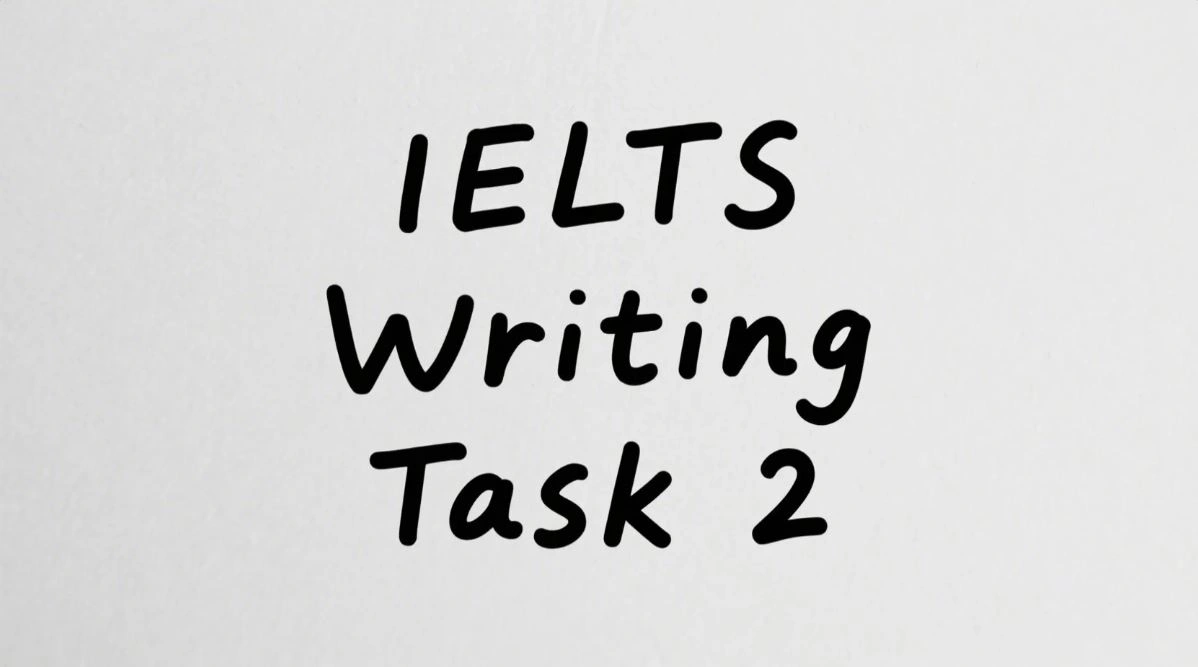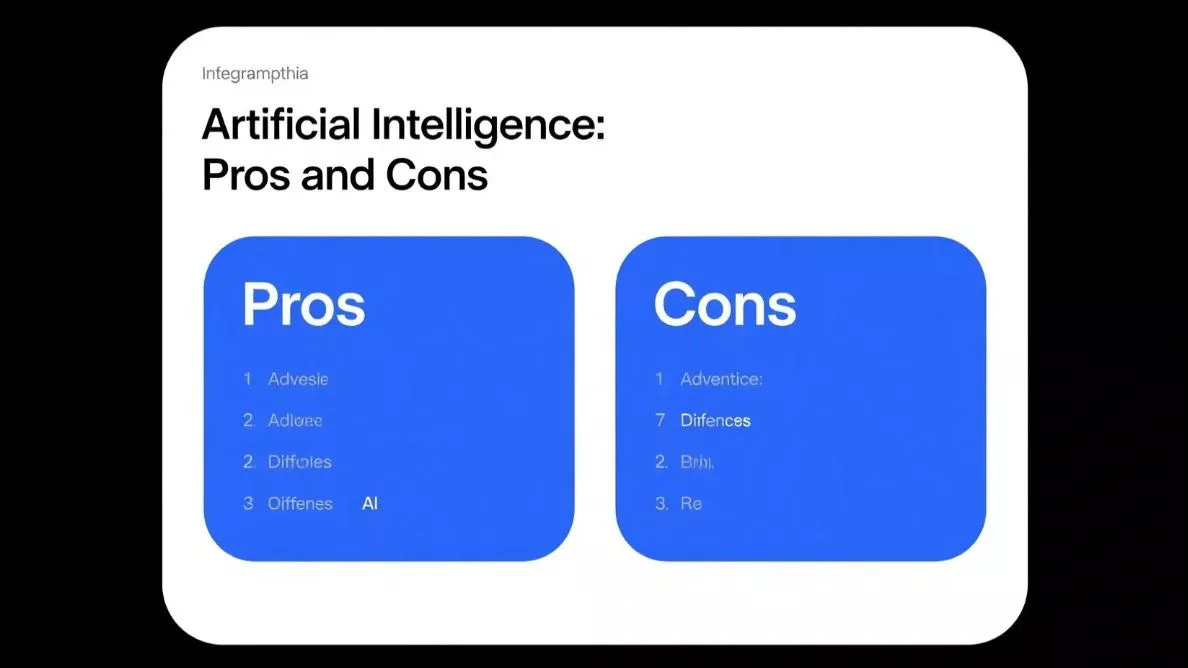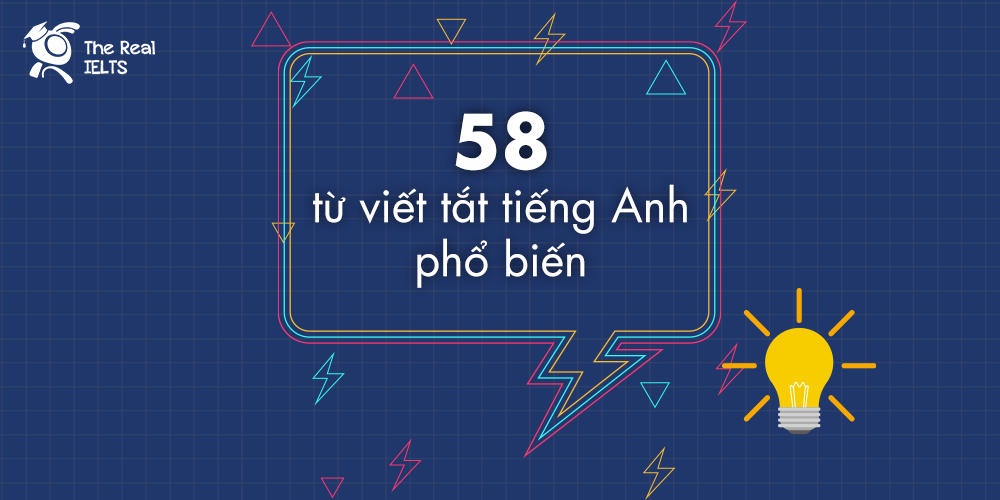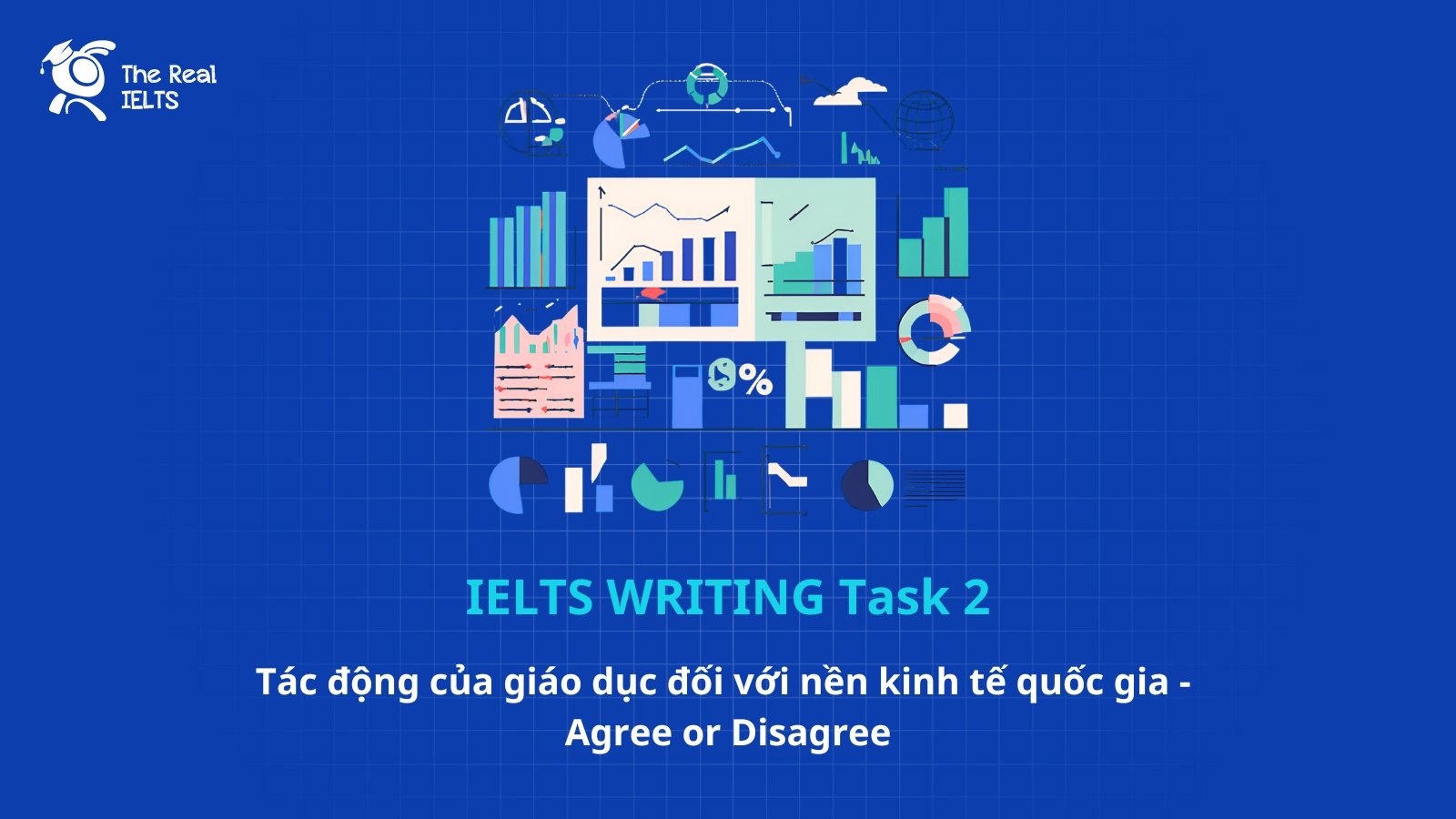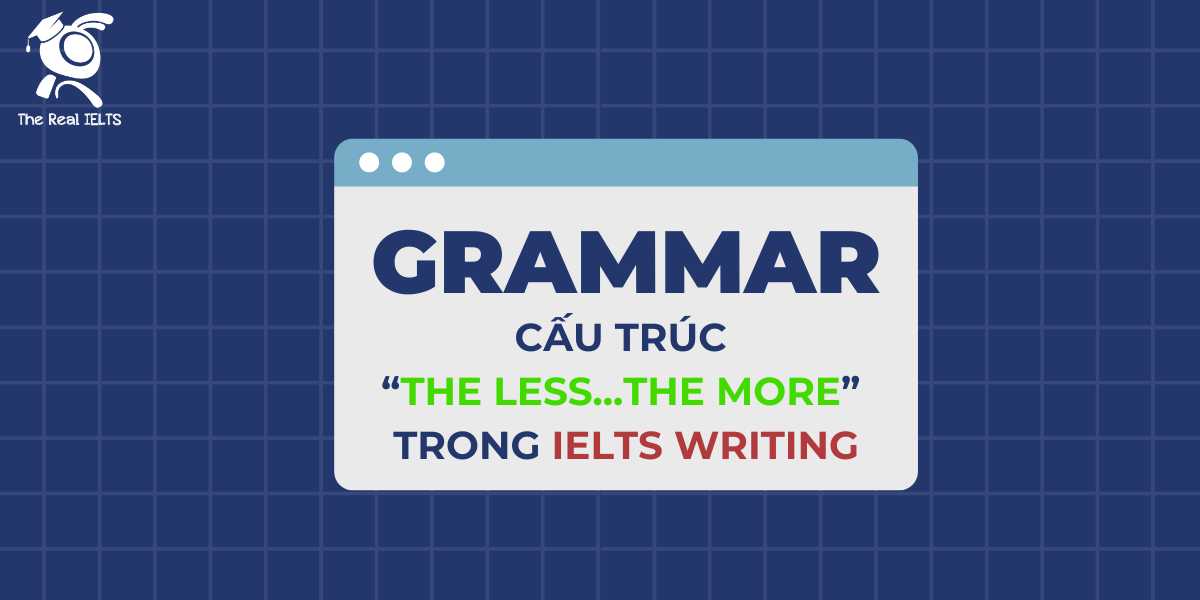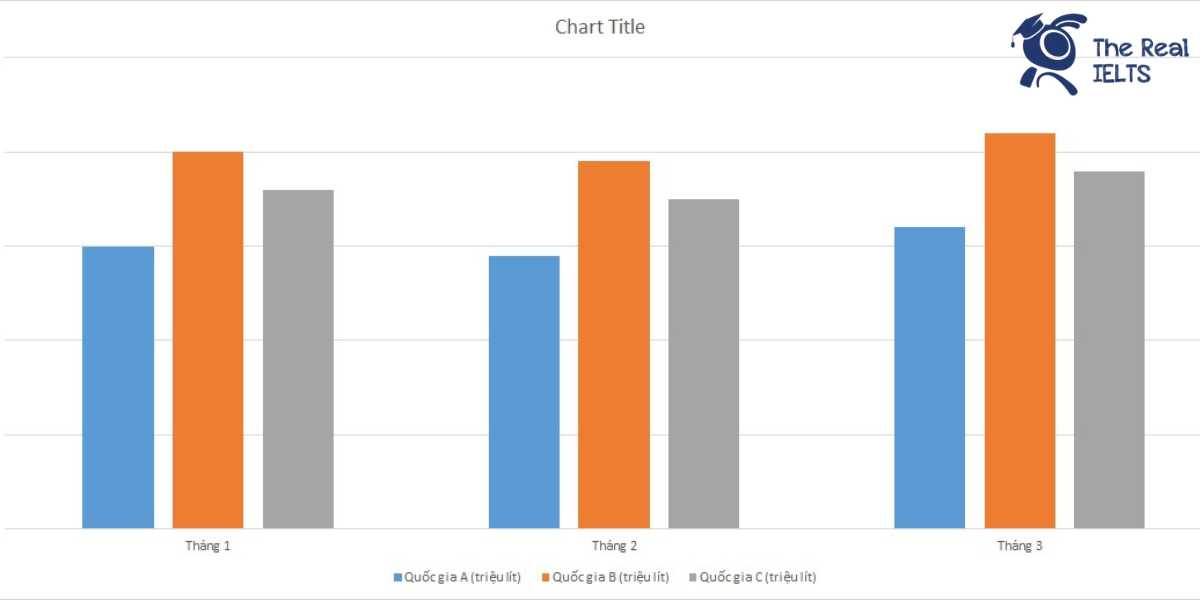Kỹ năng viết học thuật đóng vai trò then chốt để đạt band điểm cao trong kỳ thi IELTS. IELTS Writing, đặc biệt ở Task 2, đòi hỏi thí sinh thể hiện tư duy logic, vốn từ vựng phong phú và khả năng lập luận chặt chẽ. Hiểu rõ cấu trúc bài luận cùng cách triển khai ý tưởng hiệu quả sẽ giúp người học tối ưu hóa điểm số, đáp ứng tiêu chuẩn khắt khe của giám khảo. Đây là phần 21 IELTS Writing Task 2.
Đọc thêm: IELTS Writing Task 2 Phần 20.
Đề 1 IELTS Writing Task 2
Some people think that students should study the subjects they like. Others believe that they should only be allowed to study subjects that will be useful in the future, such as those related to science and technology.
Discuss both views and give your own opinion.
BÀI ESSAY (Approx. Band 6.5)
In recent years, there has been a debate about whether students should be free to choose the subjects they enjoy or be required to focus on practical ones like science and technology. While some people argue that personal interest should guide education, others think that society needs more people with useful knowledge. This essay will discuss both views and give my opinion.
On the one hand, allowing students to study what they like can improve their motivation and creativity. When students are interested in a subject, they are more likely to study hard and perform better. For example, a student who loves art may become a successful designer or painter. Also, not everyone is good at science or math, so forcing them to study these subjects might lead to stress or failure.
On the other hand, it is true that modern society depends heavily on fields such as information technology, engineering, and medicine. By encouraging young people to study these subjects, countries can improve their development and solve important problems. Moreover, science-related jobs are often well-paid and offer good career prospects, which can help reduce unemployment in the future.
In my opinion, a balanced approach is the best. Students should be allowed to follow their interests, but schools and governments can also give advice about job market trends and encourage useful subjects without making them compulsory.
In conclusion, both personal passion and practical needs are important in education. A flexible system that respects students’ interests but also guides them can be more effective.
CHẤM ĐIỂM (Dựa theo tiêu chí chính thức IELTS)
| Tiêu chí | Điểm | Nhận xét |
|---|---|---|
| Task Response | 6.5 | Trả lời đúng yêu cầu đề, có quan điểm rõ, nhưng lập luận chưa sâu sắc. |
| Coherence and Cohesion | 6.5 | Bài có trình tự logic, dùng liên kết cơ bản (e.g., “on the one hand”). |
| Lexical Resource | 6.5 | Từ vựng vừa đủ, có một số cụm học thuật nhưng không phong phú hoặc chính xác cao. |
| Grammatical Range and Accuracy | 6.0 | Có sự đa dạng nhất định, nhưng còn lỗi đơn giản, cấu trúc chưa linh hoạt. |
PHÂN TÍCH TỪ VỰNG
- personal interest – sở thích cá nhân
→ Thường dùng để diễn tả động lực học tập xuất phát từ sở thích riêng của học sinh. - career prospects – triển vọng nghề nghiệp
→ Cụm từ học thuật thông dụng khi bàn về cơ hội nghề nghiệp tương lai. - modern society – xã hội hiện đại
→ Diễn tả bối cảnh thời đại hiện tại khi đưa ra lập luận liên quan đến xu thế. - well-paid – lương cao
→ Một tính từ thường dùng trong lập luận về lợi ích của nghề nghiệp. - job market trends – xu hướng thị trường lao động
→ Cụm từ học thuật thường dùng khi bàn về định hướng nghề nghiệp và giáo dục. - flexible system – hệ thống linh hoạt
→ Cụm từ này phù hợp khi đề xuất giải pháp dung hòa hai quan điểm.
PHÂN TÍCH NGỮ PHÁP
- When students are interested in a subject, they are more likely to study hard…
→ Câu điều kiện loại 1: dùng đúng để diễn tả mối quan hệ nguyên nhân – kết quả. - …a student who loves art may become a successful designer…
→ Mệnh đề quan hệ: sử dụng đúng, giúp làm rõ chủ thể. - …but schools and governments can also give advice…
→ Động từ khuyết thiếu + động từ nguyên thể: dùng đúng để thể hiện khả năng/đề xuất. - By encouraging young people to study… countries can improve…
→ Câu với “by + V-ing” để nêu nguyên nhân hoặc cách thực hiện: sử dụng chính xác. - …not everyone is good at science or math, so forcing them… might lead to…
→ Gerund sau động từ: “forcing” đúng về mặt ngữ pháp, nhưng câu hơi đơn giản.
TỔNG KẾT & GỢI Ý CẢI THIỆN
Bài viết này hoàn thành nhiệm vụ của một bài Band 6.5: ý rõ ràng, lập luận hợp lý, có từ vựng học thuật cơ bản và cấu trúc câu đa dạng vừa phải. Tuy nhiên, để nâng lên Band 7.0, người viết cần:
- Mở rộng và đào sâu lập luận hơn (e.g., nêu ví dụ cụ thể hơn, so sánh các hệ thống giáo dục khác nhau).
- Sử dụng thêm từ vựng chính xác và mang tính học thuật hơn (e.g., “vocational education”, “compulsory curriculum”).
- Cải thiện cấu trúc câu bằng cách dùng mệnh đề phức, bị động, hoặc câu điều kiện nâng cao.
Đề 2
Some people believe that young people should be required to do unpaid work in their free time to help the local community. They argue that this would benefit both the teenagers and society as a whole.
To what extent do you agree or disagree?
BÀI ESSAY (Band 6.5)
In today’s world, there is a growing opinion that teenagers should spend their free time doing voluntary work for the benefit of the community. While I understand the potential advantages, I do not believe that young people should be forced to do unpaid work.
On the one hand, voluntary community work can be highly beneficial. Firstly, it helps young people gain real-life experience and soft skills such as communication, teamwork, and responsibility. These are important skills for their future careers. Secondly, helping others can give teenagers a sense of purpose and connection with society. For example, volunteering in nursing homes or helping clean the environment can make them feel more useful and responsible citizens.
However, forcing young people to do unpaid work might lead to negative effects. Teenagers often have a busy schedule with school and personal life. If they are forced to volunteer, they may feel stressed or unhappy. Moreover, when something becomes an obligation, it can lose its positive value. Instead of feeling proud, they may feel it is just another duty. It is better to encourage volunteering than to require it by law or school rule.
In conclusion, although community service can bring many benefits to both teenagers and society, I believe it should be voluntary rather than compulsory.
CHẤM ĐIỂM (theo 4 tiêu chí)
🔹 Task Response: 6.5
Bài viết trả lời đúng yêu cầu đề bài và có quan điểm rõ ràng. Tuy nhiên, lý lẽ chưa phát triển sâu, ví dụ hơi chung và thiếu dẫn chứng cụ thể hơn.
🔹 Coherence and Cohesion: 6.5
Bài viết có tổ chức rõ ràng theo bố cục chuẩn. Tuy nhiên, liên kết ý trong đoạn chưa thực sự mượt mà, các từ nối đơn giản và lặp lại (“Firstly”, “Secondly”, “However”).
🔹 Lexical Resource: 6.5
Từ vựng đa dạng ở mức trung bình. Một số cụm khá học thuật được sử dụng đúng, nhưng vẫn còn lặp từ như “volunteer”, “teenagers”.
🔹 Grammatical Range and Accuracy: 6.5
Cấu trúc ngữ pháp ở mức khá. Có sử dụng mệnh đề quan hệ, câu điều kiện, nhưng lỗi nhỏ về thời và sự lặp cấu trúc có thể giảm độ linh hoạt.
PHÂN TÍCH TỪ VỰNG NÊN LƯU Ý
- voluntary community work – công việc cộng đồng tự nguyện
→ Dùng phổ biến trong văn viết học thuật khi nói đến trách nhiệm xã hội. - real-life experience – kinh nghiệm thực tế
→ Thường dùng để nhấn mạnh lợi ích giáo dục hoặc nghề nghiệp. - soft skills – kỹ năng mềm
→ Dùng trong ngữ cảnh giáo dục, nghề nghiệp để phân biệt với kỹ năng cứng (technical skills). - sense of purpose – cảm giác có mục đích
→ Diễn đạt hiệu quả về động lực nội tại trong công việc hoặc cuộc sống. - obligation – nghĩa vụ, sự bắt buộc
→ Từ vựng học thuật miêu tả điều không xuất phát từ sự tự nguyện. - responsible citizens – công dân có trách nhiệm
→ Cụm dùng để chỉ người có ý thức xã hội tốt, hay xuất hiện trong bài về giáo dục/cộng đồng.
PHÂN TÍCH NGỮ PHÁP QUAN TRỌNG
- While I understand the potential advantages, I do not believe…
→ Cấu trúc câu nhượng bộ kết hợp với mệnh đề chính – dùng đúng và hiệu quả. - It is better to encourage volunteering than to require it…
→ So sánh cấu trúc “better to V than to V”, sử dụng đúng nhưng đơn giản. - If they are forced to volunteer, they may feel…
→ Câu điều kiện loại 1 – chính xác, tuy nhiên nên đa dạng hơn bằng câu điều kiện loại 2. - help them gain / make them feel
→ Cấu trúc với động từ “make/help + tân ngữ + V” – sử dụng chính xác. - Firstly / Secondly / However
→ Dùng liên từ đơn giản, đúng nhưng chưa phong phú, có thể thay bằng “Moreover”, “On the contrary”, “In addition”, v.v.
TỔNG KẾT & GỢI Ý CẢI THIỆN
Bài viết này ở mức Band 6.5 ổn định, có quan điểm rõ ràng, lập luận hợp lý, từ vựng và ngữ pháp ở mức khá. Tuy nhiên, để đạt Band 7.0, người viết nên:
- Phát triển ý sâu hơn, đưa thêm ví dụ cụ thể (vd: số liệu, câu chuyện thật).
- Tránh lặp từ, học thêm từ nối nâng cao để cải thiện mạch văn.
- Tăng sự đa dạng về cấu trúc câu, ví dụ câu điều kiện loại 2, câu bị động phức.
- Dùng ví dụ gắn với bối cảnh thực tế hơn (địa phương, chương trình cụ thể).
Đề 3
Some people believe that working from home offers more benefits than drawbacks for employees.
Do the advantages of working from home outweigh the disadvantages?
✍️ Bài essay (Band 6.5):
In recent years, working from home has become increasingly popular due to technological development and changes in lifestyle. While there are both benefits and drawbacks of this trend, I believe that the advantages outweigh the disadvantages for most employees.
One main benefit of remote work is flexibility. Employees can manage their own schedules and work in a more comfortable environment. This can lead to increased productivity and job satisfaction. For example, people with children may find it easier to balance their family responsibilities while still completing their tasks. In addition, working from home helps save time and money on commuting, which reduces stress and improves work-life balance.
On the other hand, working remotely can cause some challenges. Firstly, not everyone has a good working environment at home. Distractions like children, noise, or lack of a proper desk may affect concentration. Secondly, remote work may reduce social interaction with colleagues. This can make employees feel isolated and less motivated. Also, some people may struggle with self-discipline and time management without supervision.
In conclusion, although there are some disadvantages to working from home, I think the benefits such as flexibility and time-saving are more important. With good planning and support, most employees can take advantage of this way of working.
📊 Chấm điểm (4 tiêu chí chính thức – Band 6.5):
| Tiêu chí | Điểm | Nhận xét |
|---|---|---|
| Task Response | 6.5 | Trả lời đúng đề bài, có lập luận hai chiều. Tuy nhiên, phân tích chưa đủ sâu, thiếu ví dụ cụ thể và mở rộng trong body 2. |
| Coherence and Cohesion | 6.5 | Có tổ chức rõ ràng: Introduction – 2 body – Conclusion. Liên kết logic nhưng dùng từ nối đơn giản (“Firstly”, “In addition”). |
| Lexical Resource | 6.5 | Có dùng một số từ học thuật vừa phải (productivity, flexibility, balance), nhưng từ vựng còn lặp lại, thiếu sự đa dạng. |
| Grammatical Range and Accuracy | 6.5 | Sử dụng đúng thì và cấu trúc cơ bản. Một số câu phức đơn giản, tuy nhiên chưa có đa dạng cấu trúc ngữ pháp. Có vài lỗi nhẹ về mạo từ và số ít/số nhiều. |
📚 Từ vựng học thuật cần lưu ý:
| Cụm từ (in đậm) | Nghĩa tiếng Việt | Giải thích |
|---|---|---|
| working from home | làm việc tại nhà | Cụm phổ biến trong các chủ đề về công việc và công nghệ. |
| job satisfaction | sự hài lòng với công việc | Từ vựng học thuật trong chủ đề nghề nghiệp, chỉ mức độ hài lòng với công việc hiện tại. |
| work-life balance | cân bằng giữa công việc và cuộc sống | Một cụm mang tính học thuật, thường được dùng khi đánh giá lợi ích cá nhân. |
| productivity | năng suất làm việc | Từ học thuật thường dùng trong kinh doanh hoặc phân tích hiệu suất. |
| social interaction | tương tác xã hội | Từ học thuật, dùng để chỉ sự giao tiếp giữa con người, đặc biệt nơi làm việc. |
| self-discipline | tính kỷ luật bản thân | Dùng trong ngữ cảnh kỹ năng cá nhân khi làm việc độc lập. |
| commuting | việc đi lại (thường là đến nơi làm việc) | Từ học thuật thường xuất hiện trong các bài viết về đô thị, công việc. |
🧠 Ngữ pháp cần chú ý:
| Cấu trúc/In đậm | Giải thích (Tiếng Việt) |
|---|---|
| While there are both benefits and drawbacks | Cấu trúc “while” dùng để so sánh hai mặt đối lập, đúng nhưng khá đơn giản. |
| Employees can manage their own schedules | Câu đúng nhưng có thể cải thiện bằng cách dùng mệnh đề quan hệ để nâng Band. |
| Working from home helps save time and money | Cấu trúc “help + V-inf” dùng đúng, cần luyện dùng thêm bị động hoặc cụm động từ. |
| not everyone has a good working environment at home | Thiếu mạo từ “a” trong một số chỗ khác trong bài, cần chú ý dùng mạo từ với danh từ đếm được. |
| some people may struggle with self-discipline | Dùng cấu trúc “struggle with” đúng ngữ cảnh. Cần thử thêm “find it difficult to…” để đa dạng. |
🧾 Tổng kết & Gợi ý cải thiện:
Bài viết phù hợp Band 6.5 với bố cục rõ ràng, trả lời đầy đủ yêu cầu đề bài. Lập luận hợp lý nhưng còn sơ lược, từ vựng và ngữ pháp còn ở mức an toàn. Một số điểm cụ thể cần cải thiện để lên Band 7.0:
- Phát triển ý sâu hơn: Thêm ví dụ cụ thể, mở rộng lập luận, đặc biệt ở Body 2.
- Đa dạng từ vựng hơn: Tránh lặp lại các từ như “work”, “people”. Học thêm từ đồng nghĩa hoặc cụm từ học thuật khác.
- Cải thiện ngữ pháp: Dùng linh hoạt hơn các mệnh đề quan hệ, câu điều kiện, hoặc đảo ngữ để nâng độ phức tạp.
Đề 4
Many people now choose to work from home instead of going to the office every day.
Do the advantages of this trend outweigh the disadvantages?
BÀI ESSAY (Band 6.5)
In recent years, working from home has become a popular option for many employees. While this trend offers some clear benefits, it also brings certain drawbacks. This essay will examine both sides before giving a personal opinion.
One of the main advantages of working remotely is flexibility. Employees can manage their own time, which helps improve work-life balance. For example, parents can take care of their children more easily. Additionally, working from home can save time and money because people do not need to commute to work. This can lead to more productivity, as workers may feel less tired and more motivated.
On the other hand, working from home has its downsides. Firstly, it can reduce face-to-face communication between colleagues, which may affect teamwork and creativity. When people work separately, it is harder to share ideas or solve problems together. Secondly, not everyone has a comfortable working space at home, which may cause stress or health issues, like back pain. Moreover, some people find it difficult to stay focused when working alone.
In conclusion, although working from home offers some clear benefits, such as flexibility and time-saving, it also has disadvantages, like poor communication and distractions. In my opinion, the advantages slightly outweigh the disadvantages, especially for people who have good self-discipline and a suitable home environment.
CHẤM ĐIỂM (BAND 6.5)
1. Task Response: 6.5
- Trả lời đầy đủ yêu cầu đề bài. Có nêu rõ cả hai mặt và đưa ra ý kiến cá nhân.
- Một số lập luận vẫn còn đơn giản, chưa phát triển sâu.
2. Coherence and Cohesion: 6.5
- Bài viết mạch lạc, chia đoạn rõ ràng theo cấu trúc tiêu chuẩn.
- Một số câu nối còn đơn giản (e.g., on the other hand, firstly), nhưng vẫn đảm bảo sự liên kết.
3. Lexical Resource: 6.5
- Dùng từ vựng phù hợp, một số cụm từ học thuật cơ bản được sử dụng đúng.
- Tuy nhiên, chưa có nhiều sự linh hoạt trong cách diễn đạt hoặc từ đồng nghĩa.
4. Grammatical Range and Accuracy: 6.0
- Sử dụng nhiều câu đơn, một số câu phức, ít lỗi sai nghiêm trọng.
- Cần tăng sự đa dạng về cấu trúc câu và tránh lặp mẫu.
PHÂN TÍCH TỪ VỰNG
- work-life balance – cân bằng giữa công việc và cuộc sống
→ Cụm từ này thường dùng trong văn viết học thuật về chủ đề công việc, thể hiện khả năng quản lý thời gian hiệu quả. - commute to work – đi làm mỗi ngày (thường là bằng phương tiện)
→ Diễn đạt phổ biến khi nói về tác động của công việc đến thời gian và chi phí. - face-to-face communication – giao tiếp trực tiếp
→ Thường dùng để so sánh giữa môi trường làm việc truyền thống và làm việc từ xa. - comfortable working space – không gian làm việc thoải mái
→ Diễn tả điều kiện vật lý cần thiết để làm việc hiệu quả tại nhà. - self-discipline – tự giác, kỷ luật bản thân
→ Là yếu tố giúp người làm việc từ xa duy trì hiệu suất ổn định. - distractions – sự xao nhãng
→ Thường xuất hiện trong các bài viết về môi trường học tập hoặc làm việc không hiệu quả.
PHÂN TÍCH NGỮ PHÁP
- “While this trend offers…” – Câu phức mở đầu với mệnh đề nhượng bộ
→ Đây là cấu trúc hay dùng để mở bài, giúp thể hiện quan điểm cân bằng. - “which helps improve…” – Mệnh đề quan hệ rút gọn
→ Dùng đúng ngữ pháp, cho thấy khả năng viết ở mức trung cấp. - “such as flexibility and time-saving” – Dùng cụm “such as” để đưa ví dụ
→ Phù hợp với văn phong học thuật, tránh liệt kê quá dài dòng. - “it is harder to…” – Cấu trúc “it is + adj + to V”
→ Cấu trúc quen thuộc, dùng chính xác, nhưng có thể đa dạng hơn. - “people may feel less tired and more motivated.” – So sánh kép
→ Diễn đạt tốt, tuy nhiên có thể nâng tầm bằng cách dùng cấu trúc phức hơn hoặc ví dụ cụ thể hơn.
TỔNG KẾT & GỢI Ý CẢI THIỆN
Bài viết đạt mức 6.5 nhờ có cấu trúc rõ ràng, từ vựng học thuật cơ bản và ngữ pháp tương đối chính xác. Tuy nhiên, để đạt Band 7.0, cần cải thiện:
- Phát triển lập luận sâu hơn, ví dụ: đưa thêm dẫn chứng, số liệu, hoặc tình huống cụ thể.
- Đa dạng hóa từ vựng, dùng từ đồng nghĩa và cụm từ linh hoạt hơn để tránh lặp lại.
- Tăng độ phức tạp ngữ pháp, kết hợp câu phức, mệnh đề điều kiện, hoặc câu đảo trong phần kết luận.
- Tránh cách diễn đạt chung chung, tập trung vào chi tiết cụ thể để tạo ấn tượng mạnh hơn cho người chấm.


